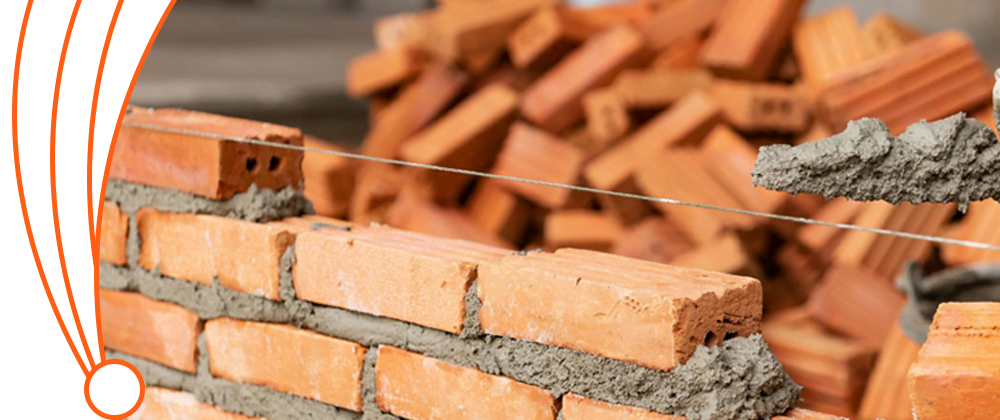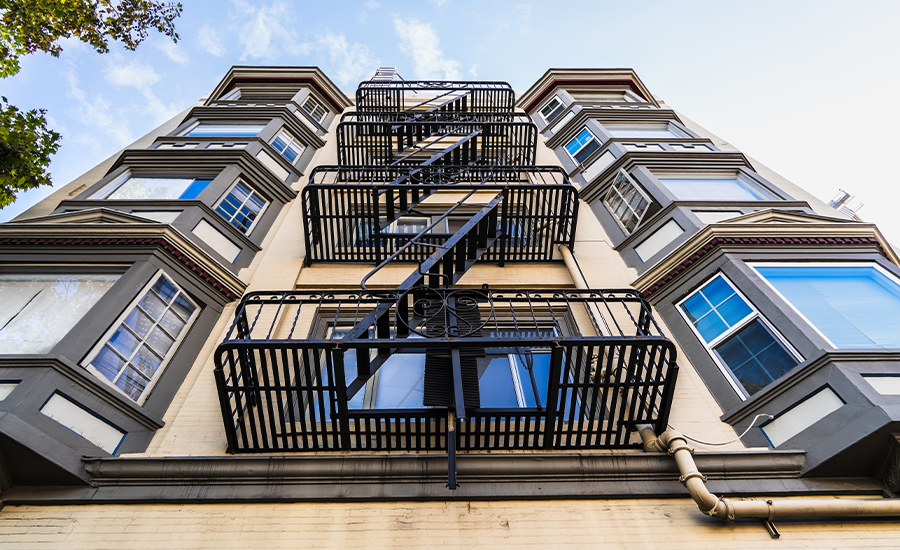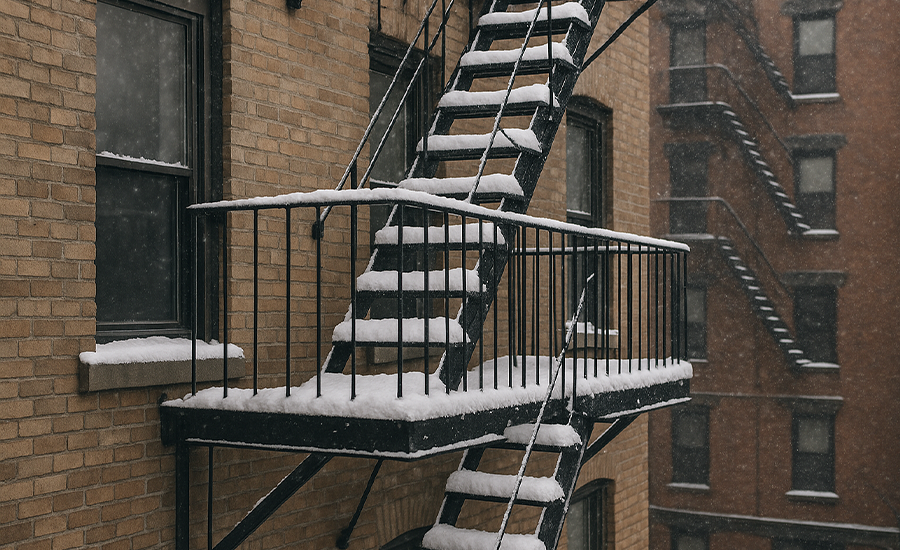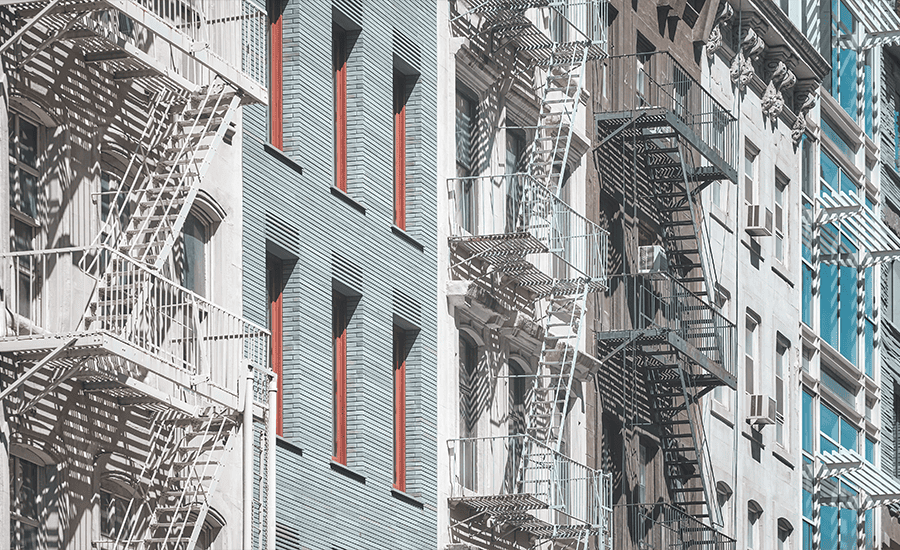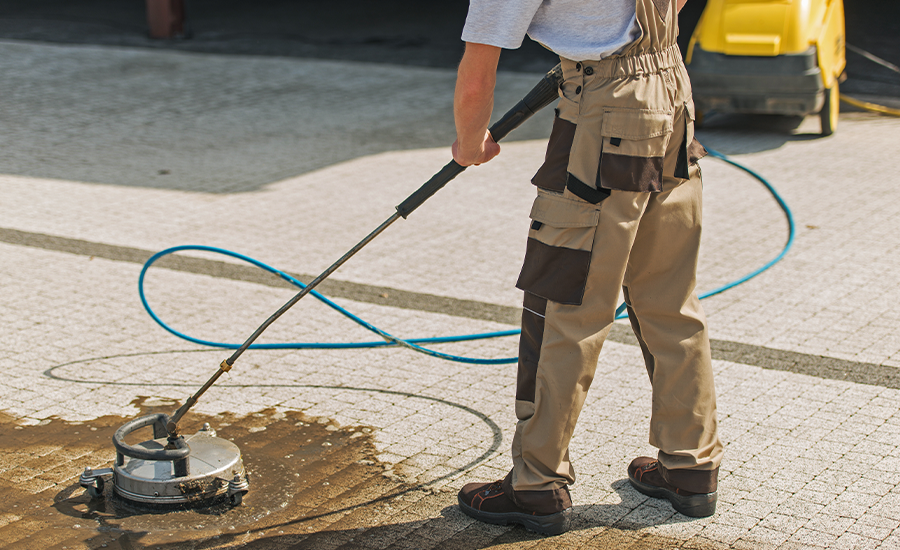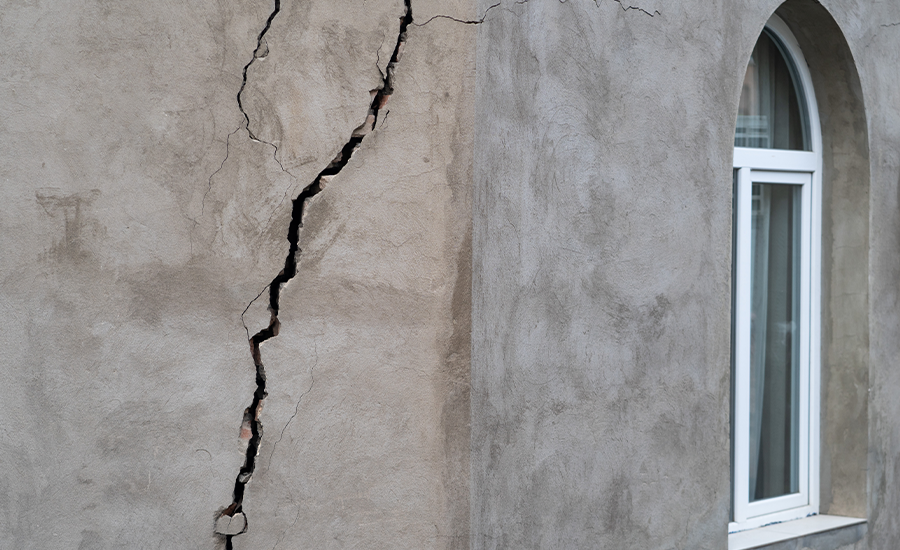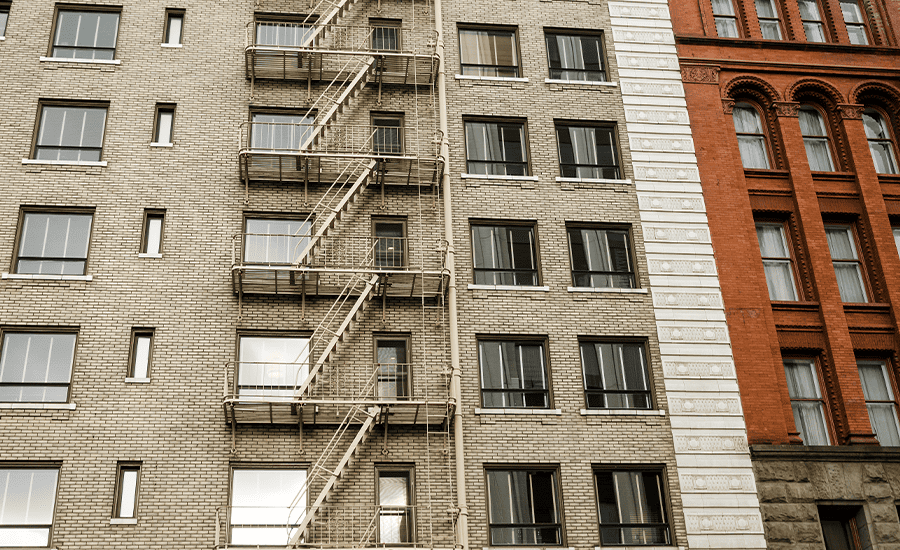Yes, bricklayers routinely carry out pointing work as part of masonry practices, where they apply mortar to seal off brick and stone joints. Pointing results in visual improvement of brickwork and protects building structures from damage. The process of brick weathering leads to mortar joint deterioration, resulting in brick cracks or gaps.
The field implementation of brick pointing prevents water capsulation, thus protecting the wall integrity while ensuring its strength stays assured. Basement slabs require precision and construction experience because of the sound room points behind blocks. Expert bricklayers must perform precise pointing for new construction projects, repairs, and general maintenance efforts to preserve brickwork’s aesthetics and durability.
Understanding Pointing in Bricklaying: What It Means and Its Connection to Bricklayers
Bricklaying pointing involves mortar application to both faces of masonry units and random stones to fill gaps between them or between separate structures. Masonry workers complete this crucial task to improve wall aesthetics and simultaneously extend wall structural function and lifespan. The word “pointing” describes how mortises execute proper joint completion through joint smoothing and shaping that preserves joint solidity against water entry and damage.
The Role of Bricklayers in Pointing
Bricklayers are skilled tradespeople responsible for laying bricks and building structures. While their primary role is to build walls, chimneys, and other masonry projects, part of their expertise includes pointing. Bricklayers ensure the mortar is mixed, applied, and finished precisely to create a durable joint between bricks. The successful execution of building pointing depends on exposure to both mortar types and techniques, which they must learn and use to create long-lasting yet water-resistant walls.
Purpose of Brick Pointing
Pointing is crucial for several reasons:
- Protection from Water Damage: Over time, exposed mortar joints can deteriorate, allowing rainwater to seep. Pointing consists of creating a waterproof seal that defends the wall from moisture-related damage that can lead to foundation weakening, rust development, and mold formation.
- Structural Integrity: Proper pointing strengthens the brickwork, preventing gaps or loose joints that can compromise the overall stability of a wall or building.
- Aesthetic Appeal: Well-executed pointing improves the look of the wall, giving it a clean, finished appearance. Quality mortar joint craftsmanship provides a significant boost to visual appeal in both historical and contemporary architectural structures.
- Longevity of the Structure: Regular maintenance and timely pointing repairs prolong the lifespan of brickwork, keeping it strong and durable for years to come.
Regular maintenance ensures brick structures remain intact. Learn how frequently repointing is necessary to prevent structural issues.
Technical Aspects of Pointing
Masonry requires pointing to maintain both its visual appeal and structural capability. Mortar application completes construction after walls are built to fill gaps between bricks securely. The final stage of pointing includes shaping, followed by smoothing the mortar surface before tooling it to achieve a clean final look. Multiple pointing styles exist with different finishes and protective properties, including flush, recessed, weathered and struck—the preferred pointing style results from aesthetic considerations and functional requirements.
Using the right mortar and pointing techniques enhances masonry durability. Discover the key differences between mortar and pointing.
Key Aspects of Bricklayers in Pointing
Bricklaying involves various skills and techniques, and one of the critical tasks for bricklayers is pointing. Pointing is the process of finishing the mortar joints between bricks or stones to enhance a wall’s appearance and structural integrity. Below are the key aspects of bricklayers’ involvement in pointing:
Understanding of Mortar Types and Mixtures
To perform the job effectively, bricklayers need a thorough knowledge of different mortar kinds and their specific purposes. The composition of the mortar mix (made up of cement, sand, and water) follows research-based decisions that stem from project specifications, including environmental factors, building schedules, and material composition.
Precision in Joint Application
Pointing requires a high level of precision. Bricklayers carefully fill the mortar joints with the right material, ensuring they penetrate deeply enough to seal them entirely without creating voids. A well-filled joint prevents water from entering, which could otherwise cause structural issues over time.
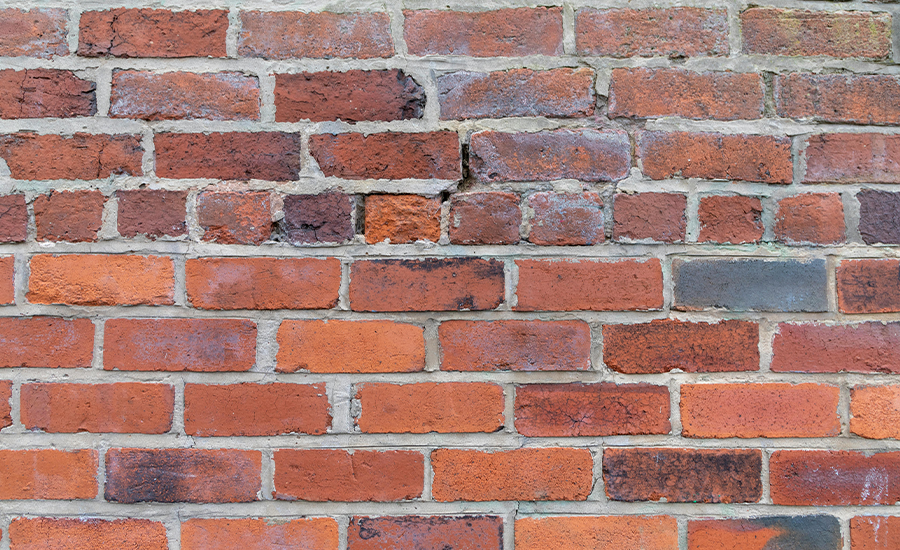
Tooling and Shaping the Joints
The bricklayer’s skill extends to the bricklayer’s skill of tooling mortar joints by preparing rough final surfaces and creating distinct surface textures. Symmetry comes from choosing between different pointing styles that demand their particular tools and procedures to make the preferred effect. The tooling process creates visual uniformity and durable protective surfaces on the workpiece.
Correct Timing for Pointing
Pointing must be done at the right time to ensure the mortar properly bonds to the brickwork. Bricklayers need to wait for the mortar’s initial setting before applying pointing, ensuring it doesn’t smudge or disrupt the underlying structure. When applied to the joints, the mortar should not be too wet or dry for optimal adhesion.
Ensuring Water Resistance
Water resistance is the main reason why pointing serves its purpose. Correctly executed pointed joints block moisture penetration that could result in severe long-term structural damage. Bricklayers use their expertise to achieve watertight joint sealing that safeguards buildings against moisture intrusion, frost-related destruction, and soil erosion.
Aesthetic Considerations
Pointing is also an aesthetic task. The visual finish of the mortar joints plays a significant role in the overall look of the building. Skilled bricklayers carelessly match the mortar color to the brick and ensure that the joints are even and consistent. A building’s wall enhances the building’s curb appeal and adds value.
A well-executed pointing job not only enhances durability but also ensures brickwork remains in optimal condition for years.
Repairs and Restoration
Bricklayers are often tasked with repairing or restoring old pointing in older brickwork. In these cases, the bricklayer must carefully remove and replace deteriorated mortar with new mortar, ensuring the restoration matches the original style while improving the wall’s structural integrity.
For a complete guide on masonry repair and restoration, explore the best practices and expert insights.
Wherever you are, Sardar Restoration Corp’s services are tailored to meet local needs. Contact us today at (+1) 917-355-8556 or sardarrestoration@gmail.com, or visit us at 2770 Fish Ave, Bronx, NY 10469, United States. Let us bring excellence to your next project!
FAQs
What skills do bricklayers need for pointing?
Bricklayers must master precise mortar application, joint finishing, and moisture-resistant techniques.
Understanding the difference between mortar and pointing helps bricklayers achieve stronger, longer-lasting masonry.
How often should brickwork be repointed by a bricklayer?
Typically, repointing is needed every 20-30 years, but harsh weather accelerates deterioration.
Find out how often brick repointing is necessary and what factors impact its longevity.
Is pointing different from bricklaying?
Yes, bricklaying involves constructing walls, while pointing is a finishing technique that protects mortar joints from damage.
Learn what repointing means and why it plays a crucial role in masonry preservation.
Does pointing improve a building’s structural strength?
Absolutely. Well-executed pointing reinforces joints, preventing moisture infiltration and enhancing stability.
Discover how repointing contributes to structural strength and protects buildings from long-term damage.
